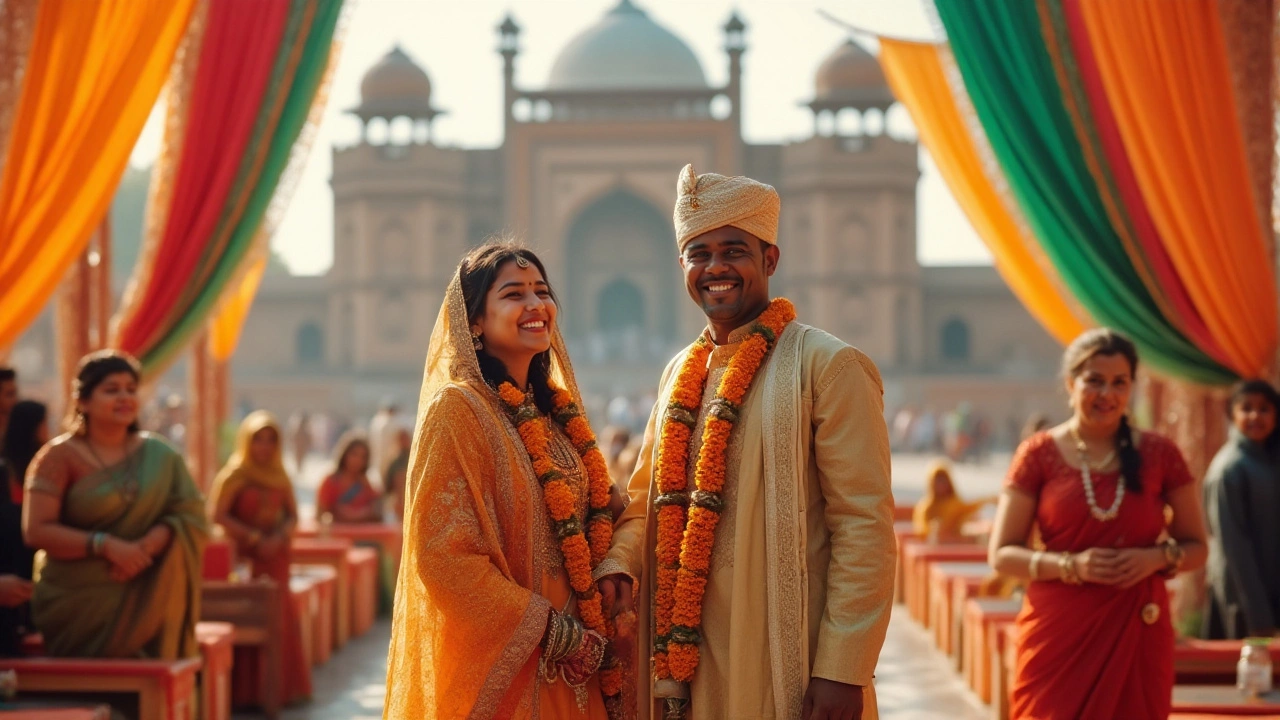How to Marry in India: A Straightforward Guide
Thinking about tying the knot in India? You’re not alone. Millions get married every year, but many get stuck on the paperwork or the legal bits. This guide cuts the fluff and shows you exactly what you need to do, from age limits to registration, so you can focus on the celebration.
Legal Basics You Must Know
The first rule is the legal age. For a man it’s 21, for a woman it’s 18. If either partner is younger, the marriage can be voided later, so double‑check birth certificates before you book the venue. Next, decide which personal law applies – Hindu, Muslim, Christian, or the Special Marriage Act for inter‑faith couples. Each law has its own rules about consent, notice period, and documentation.
Under the Special Marriage Act you need a 30‑day notice period after filing the notice of marriage. During that time, anyone can object on legal grounds. Most people choose this route because it’s simple and works for any religion.
Documents You’ll Need
Gather these before you head to the office: birth certificates, passport‑size photos, address proof (like a utility bill), and proof of identity (Aadhar or passport). If you’ve been married before, bring the divorce decree or death certificate of the previous spouse. For minors (18‑21) you’ll need parental consent letters.
All documents must be recent – usually within three months – and the originals should be presented with photocopies. Some offices ask for a sworn affidavit stating there’s no objection to the marriage. It’s a good idea to get a lawyer to review the forms if you’re unsure.
Once your paperwork is ready, visit the local Sub‑Registrar office. You’ll fill out the marriage registration form, pay a small fee (usually under ₹500), and sign in front of the registrar. After the 30‑day notice (if applicable) clears, the registrar will issue the marriage certificate, which is the legal proof of your union.
If you’re having a traditional ceremony, you can register the marriage before or after the event. Many couples do the registration first, then celebrate later. Either way, the certificate is essential for things like joint bank accounts, insurance, and immigration.
Don’t forget the customs. India has a huge variety of wedding rituals – from a simple court ceremony to a multi‑day lavish function. Choose what fits your budget and family expectations. Even a modest ceremony can include important rites like the ‘pheras’ (seven circles) for Hindus or the ‘nikah’ for Muslims. These are cultural, not legal, but they matter for family and friends.
Lastly, consider post‑marriage paperwork. Update your address, add your spouse to your bank accounts, and if you’re planning to move abroad, apply for a spouse visa using your marriage certificate. Having the certificate early saves a lot of hassle later.
Getting married in India doesn’t have to be a maze. Keep the legal age, documents, and registration steps in mind, and you’ll be ready to celebrate without surprises. Happy planning!

How Tourists Can Legally Marry in India: A 2025 Guide
Exploring the possibility of a tourist getting married in India involves understanding the legal framework, the documentation required, and the cultural nuances involved in the process. India presents a unique blend of tradition and modernity in weddings, attracting many international couples. The process has been simplified but still requires attention to detail for a seamless experience. This guide uncovers the essential steps and tips for tourists who wish to tie the knot on Indian soil.